Worth a Thousand Words: Tips for Photographing LED Displays
A live event production focuses on making graphics, cameras, and replays look good on our LED displays; but displays are often the subject in photos and videos used in other mediums. Whether it’s an Instagram post of the stadium, a promotional poster, or a a website photo, it’s important to photograph the display at its […]
Daktronics Control Panel on 4/21/2016
Categories: Pro Sports and Colleges
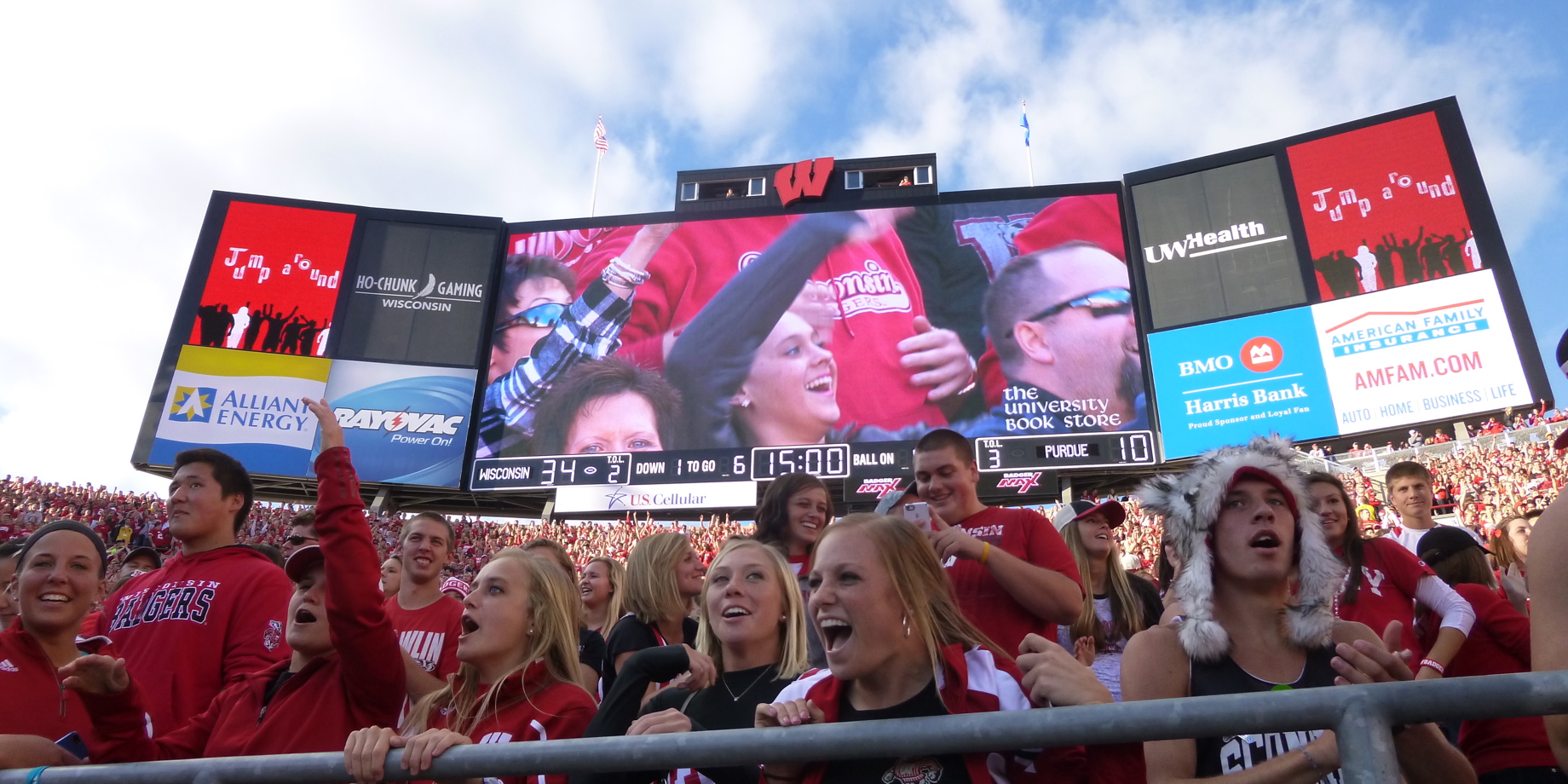
A live event production focuses on making graphics, cameras, and replays look good on our LED displays; but displays are often the subject in photos and videos used in other mediums. Whether it’s an Instagram post of the stadium, a promotional poster, or a a website photo, it’s important to photograph the display at its best.
Here are a few easy tips to help you produce an eye-catching photo of an LED display.
1. Dim it Down
Dim the display(s) so they don’t appear blown out in the camera’s viewfinder. There’s no “magic number” for an absolute dimming level that will produce a quality photo because it depends on the amount of ambient light surrounding the display. For outdoor displays avoid shooting when the sun is shining directly on the display. This will wash out the display making it appear less vibrant in the photo. Shooting at night with the brightness levels up typically results in an undesired glowing effect, washing out the content on the display.

Proper camera exposure and brightness levels make the displays stand out.
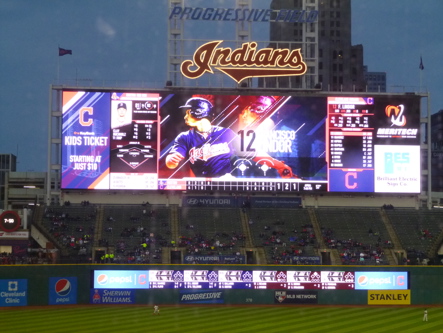
Improper levels and bright backgrounds cause content to appear washed out.
2. Avoid automatic
While the automatic setting on many cameras is easy to use, this generic setting aims to adapt to a variety of point-and-shoot scenarios. However, with the large amount of light emitted by a display, it is difficult for the camera to reproduce the image as your eye sees it in real life. Most consumer and professional cameras have controls to fine-tune settings including aperture, ISO, focus and white balance. Use these settings to your advantage to control how the camera sees the scene.
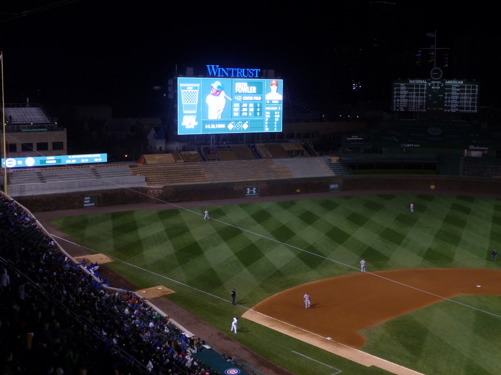
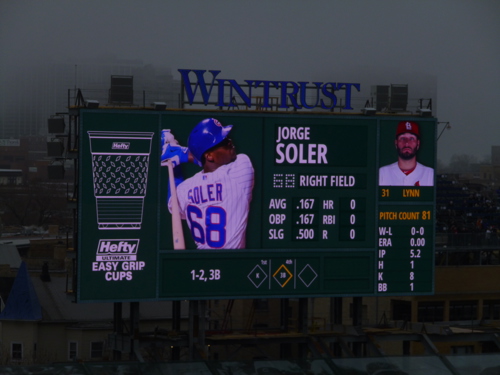
3. Agility with Angles
Move around to find a unique angle. Sure, it’s more convenient to snap a photo from the press box or control location, but finding a different perspective can help make the story behind a photo.
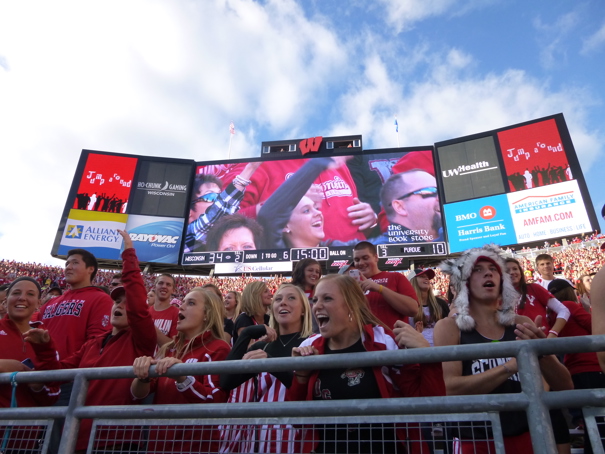
The display towers over the student section during “Jump Around” at a Wisconsin Badgers game revealing the energy leading in to the 4th quarter.

By zooming out and shooting from the bowl hours before gates open, the display becomes less dominant in the frame and the thousands of empty stadium seats set an entirely different scene for the photo.
4. Minimize the Moiré
The curse of the curvy lines through the display can ruin a great picture. The Moiré effect is the result of the camera capturing scan lines that aren’t visible to the human eye. This is caused by the refresh rate of the display and can often be eliminated by slowing (lowering) the shutter speed on your camera.

Faster shutter speeds reveal scan lines on the display.

Slowing the shutter speed helps to eliminate this visual distraction from the image.

This post was written by Adam- Daktronics Field Customer Trainer
